In today’s beauty-conscious world, the global demand for teeth whitening products is expanding rapidly. From whitening strips to LED kits, consumers are seeking professional-grade results at home. For OEM brands aiming to enter or expand internationally, this surge represents a significant opportunity. However, the path to global market access is paved with complex regulatory frameworks that vary from region to region. Understanding these Teeth Whitening Regulations is not just about avoiding legal pitfalls — it’s a strategic move for sustainable growth.
When an OEM brand decides to launch teeth whitening products internationally, compliance is the cornerstone of trust and longevity. Each market — whether it’s the EU, the U.S., or Asia-Pacific — has distinct requirements regarding product safety, ingredient limits, and labeling rules.
For instance:
Meeting teeth whitening compliance standards ensures your products are not only legally marketable but also perceived as high-quality and safe by distributors and consumers alike.
Achieving international standards is a prerequisite for OEM brands targeting multiple markets. Some major frameworks include:
By aligning manufacturing and formulation processes with these international standards, OEM brands can streamline certification and accelerate market entry across regions.
Selecting the right manufacturing partner is crucial. A reliable OEM or ODM factory should:
Collaborating with a compliance-oriented factory minimizes delays during regulatory submissions and enhances product credibility. For brand owners, this partnership forms the backbone of smooth global market access.
Many OEM brands stumble during expansion due to misinterpreting local regulations. Common issues include:
To avoid these pitfalls, brands should conduct pre-market assessments, invest in regulatory consulting, and maintain proactive communication with manufacturing partners. Regulatory readiness should be embedded into every stage of OEM brand expansion.
Rather than seeing compliance as a hurdle, successful OEM brands leverage it as a competitive differentiator. A transparent, regulation-compliant product line signals professionalism and consumer safety — both key to global success.
As international standards evolve, continuous monitoring and adaptation will define the next generation of OEM leaders in the oral care industry. Brands that integrate teeth whitening compliance into their DNA will be best positioned to achieve long-term global market access.
For OEM brands eyeing international expansion, mastering regulatory landscapes is the gateway to success. From EU peroxide limits to FDA labeling rules, every detail matters. Choosing a compliant manufacturer and adhering to international standards can transform complex global regulations into a blueprint for brand growth.
In a rapidly evolving marketplace, OEM brand expansion and teeth whitening compliance are not separate goals — they are two sides of the same coin for achieving trusted, sustainable global market access.

Is your sonic toothbrush Dallas equipped for the ultimate Dallas oral health defense?
Western Style Electric Toothbrush
Blue vs Red Light for Teeth Whitening: Choosing the Right OEM Technology

Oral Care Brand Style Trends 2026 – Connecting Aesthetics with OEM Strategy
Luxury Smart Electric Toothbrush Dallas

Top Electric Toothbrush Manufacturer in USA Dallas | POWSMART Factory
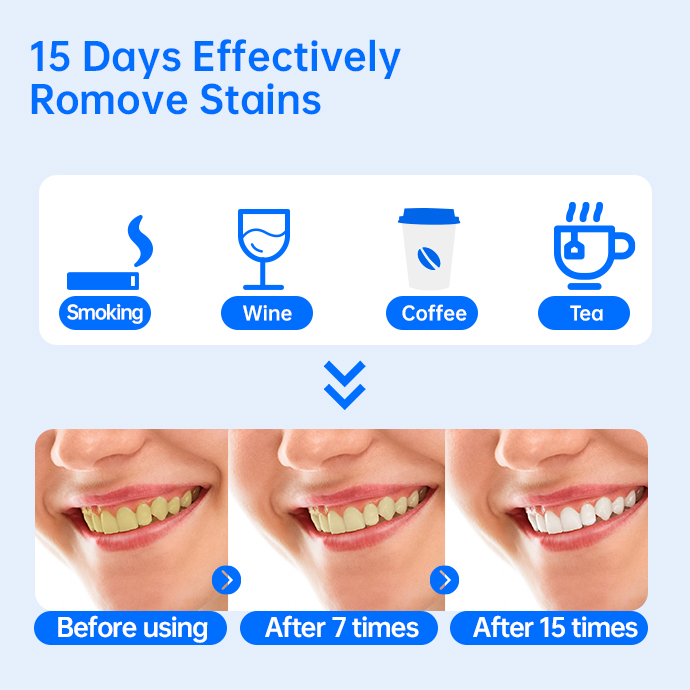
Need ADA Certified Toothbrush Products for Dental Clinic Supply?
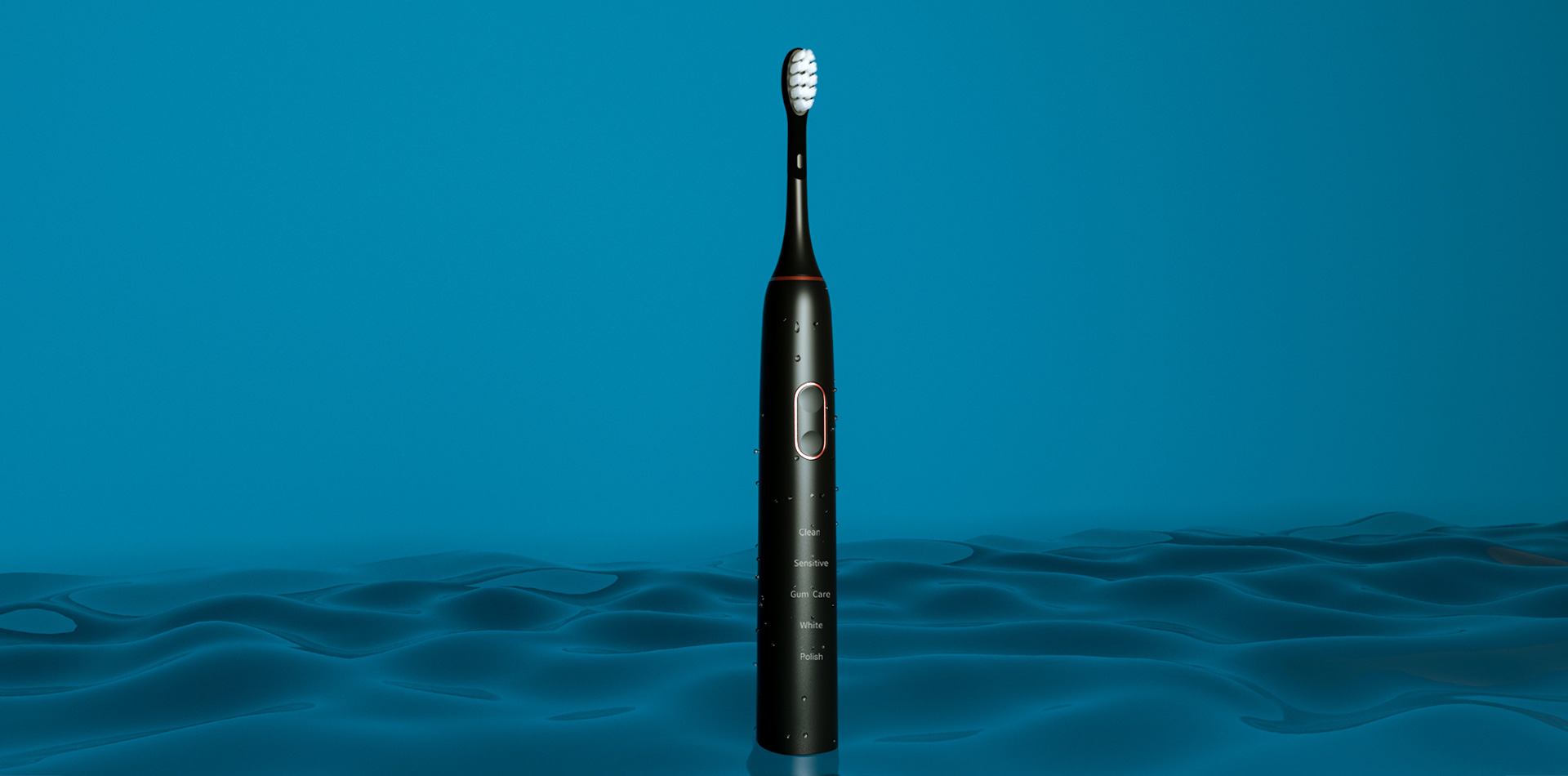
Looking for Sonic Toothbrush OEM Manufacturing and Water Flosser Private Label Services?

Popular Electric Toothbrush Design Styles – OEM Trends for Brand Success
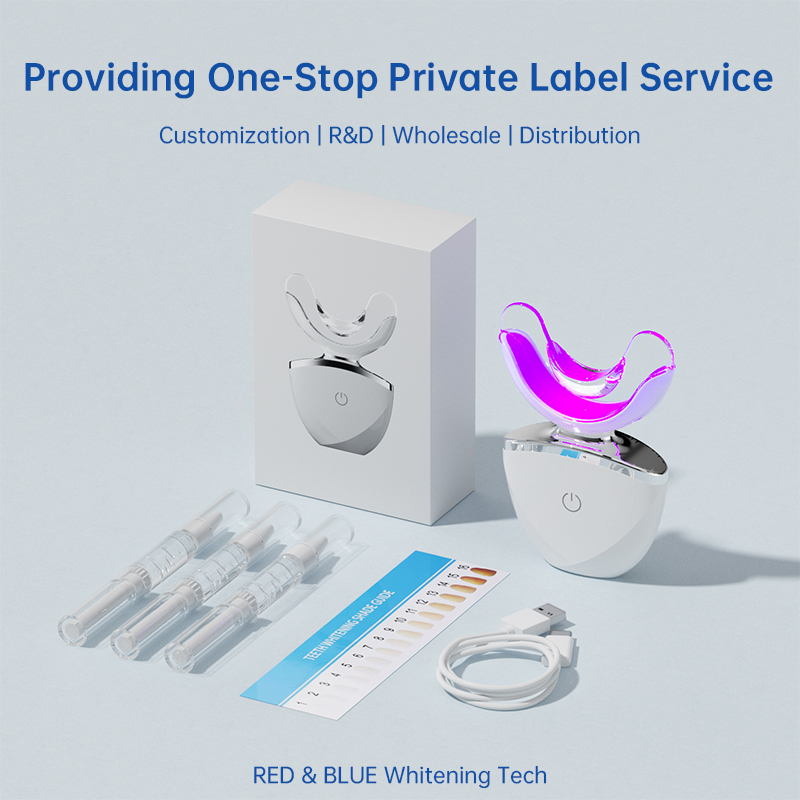
Teeth Whitening Kit OEM Manufacturing Compliance Standards
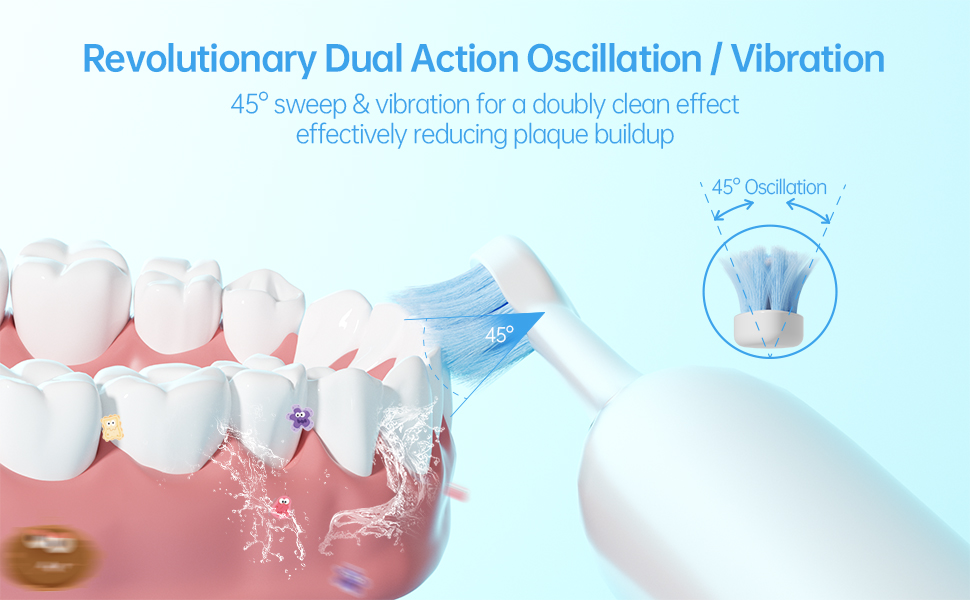
Workplace Oral Health Initiatives – Inspiration of Custom Electric Toothbrush Programs
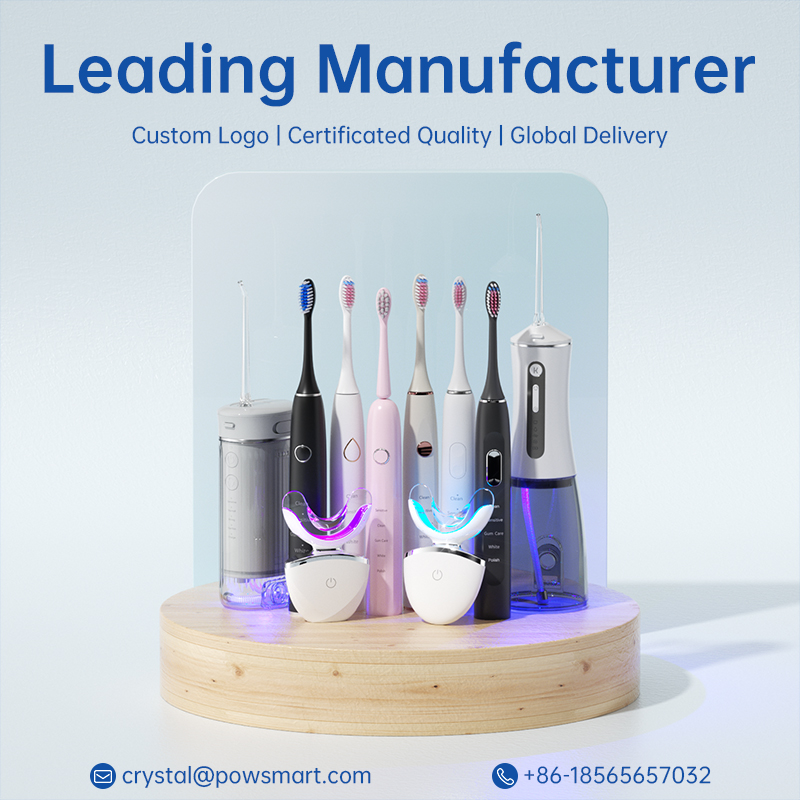
New Year Health Goal Products Category Expansion
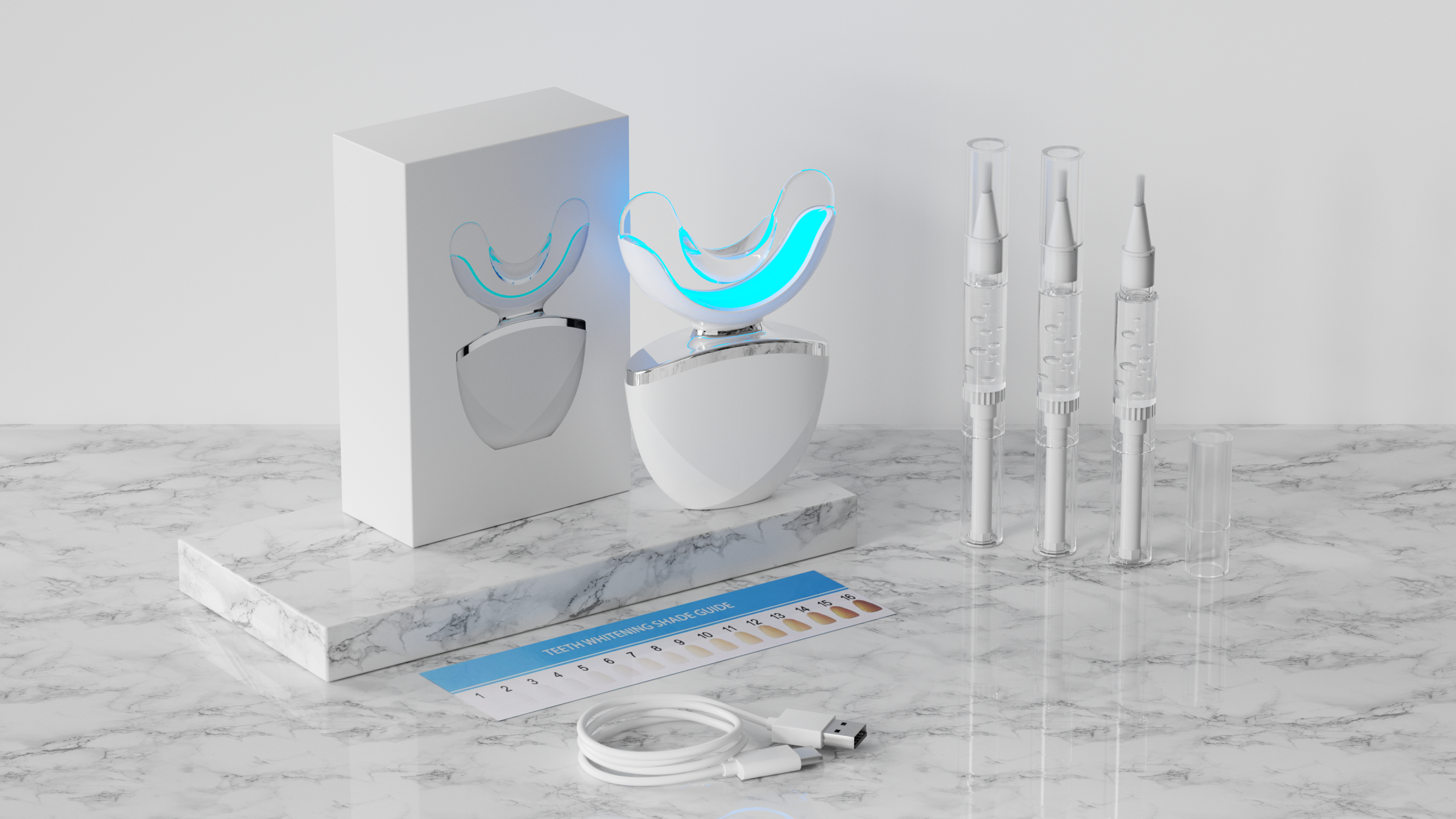
Teeth Whitening Equipment and Gel Compatibility – OEM System Integration

Dental Hygienist’s View on Water Flossers – Key Insights for OEM Product Development

Need Emergency Dentistry? How Kirkland dental clinics Handle Urgent Cases
.jpg)
Can a Water flosser cure Gum sensitivity?

Customization Teeth Whitening Gel

Private Label Whitening Gel
.jpg)
Florida Electric Toothbrush – Powsmart PTR-C8

electric toothbrush heads Regular Clean

Electric toothbrush heads Charcoal Infused-Diamond

electric toothbrush heads Charcoal Infuse-Round

electric toothbrush heads Ultra Soft

electric toothbrush heads Deep Clean
whstapp
whstapp
National Toll-Free Service Hotline
+86 755 86238638